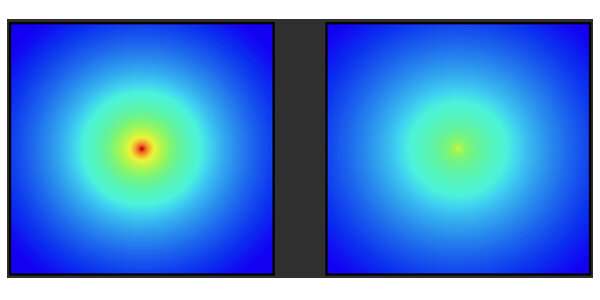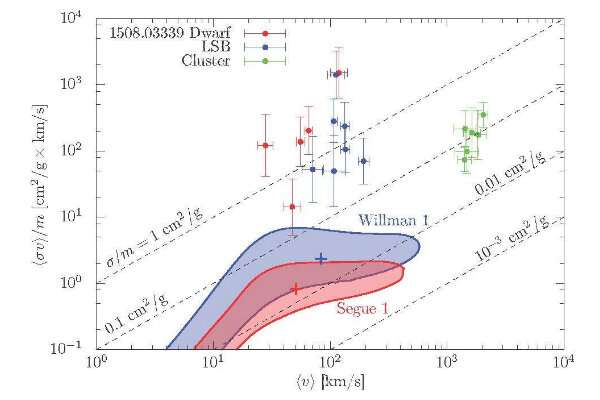The smallest galaxies in our universe bring more about dark matter to light

Our universe is dominated by a mysterious matter known as dark matter. Its name comes from the fact that dark matter does not absorb, reflect or emit electromagnetic radiation, making it difficult to detect.
Now, a team of researchers has investigated the strength of dark matter scattered across the smallest galaxies in the universe using stellar kinematics.
"We discovered that the strength of dark matter is quite small, suggesting that dark matter does not easily scatter together," said professor Kohei Hayashi, lead author of the study.
Much is unknown about dark matter, but theoretical and experimental research, from particle physics to astronomy, are elucidating more about it little by little.
One prominent theory surrounding dark matter is the 'self-interacting dark matter (SIDM) theory.' It purports that dark matter distributions in galactic centers become less dense because of the self-scattering of dark matter.
However, supernova explosions, which occur toward the end of a massive star's life, can also form less dense distributions. This makes it challenging to distinguish whether it is the supernova explosion or the nature of dark matter that causes a less dense distribution of dark matter.
To clarify this, Hayashi and his team focused on ultra-faint dwarf galaxies. Here a few stars exist, rendering the influences of supernova explosions negligible.

Their findings showed that dark matter is dense at the center of the galaxy, challenging the basic premise of SIDM. Images from the dwarf galaxy Segue 1 revealed high dark matter density at the center of the galaxy, and that scattering is limited.
"Our study showed how useful stellar kinematics in ultra-faint dwarf galaxies are for testing existing theories on dark matter," noted Hayashi. "Further observations using next-generation wide-field spectroscopic surveys with the Subaru Prime Focus Spectrograph, will maximize the chance of obtaining dark matter's smoking gun."
More information: Kohei Hayashi et al, Probing dark matter self-interaction with ultrafaint dwarf galaxies, Physical Review D (2021). DOI: 10.1103/PhysRevD.103.023017
Journal information: Physical Review D
Provided by Tohoku University





















